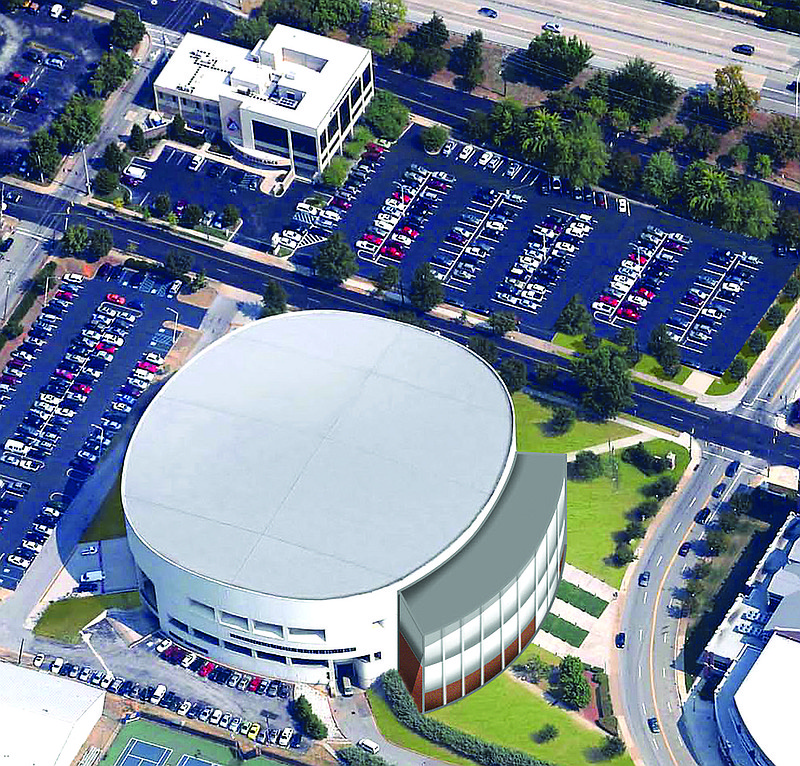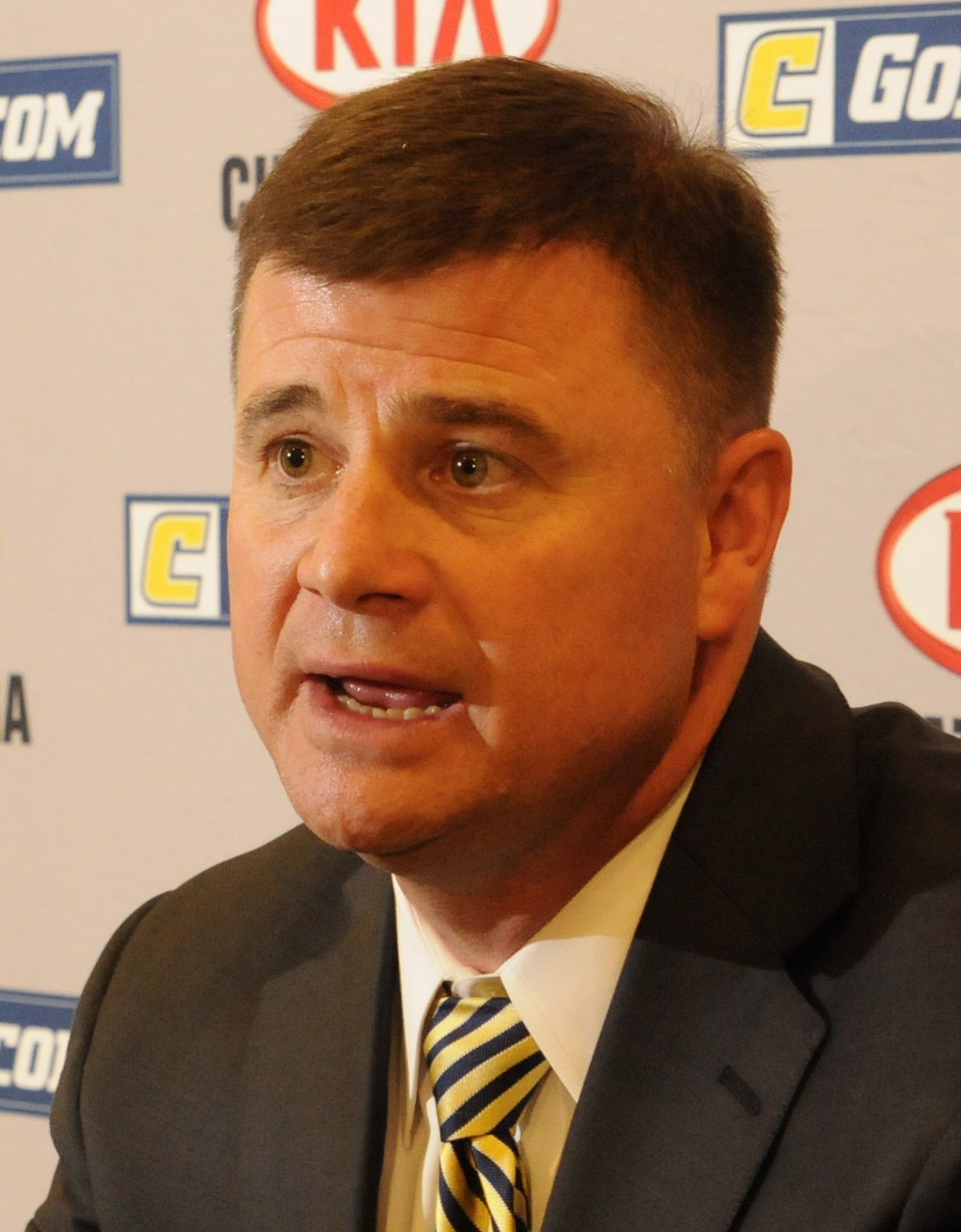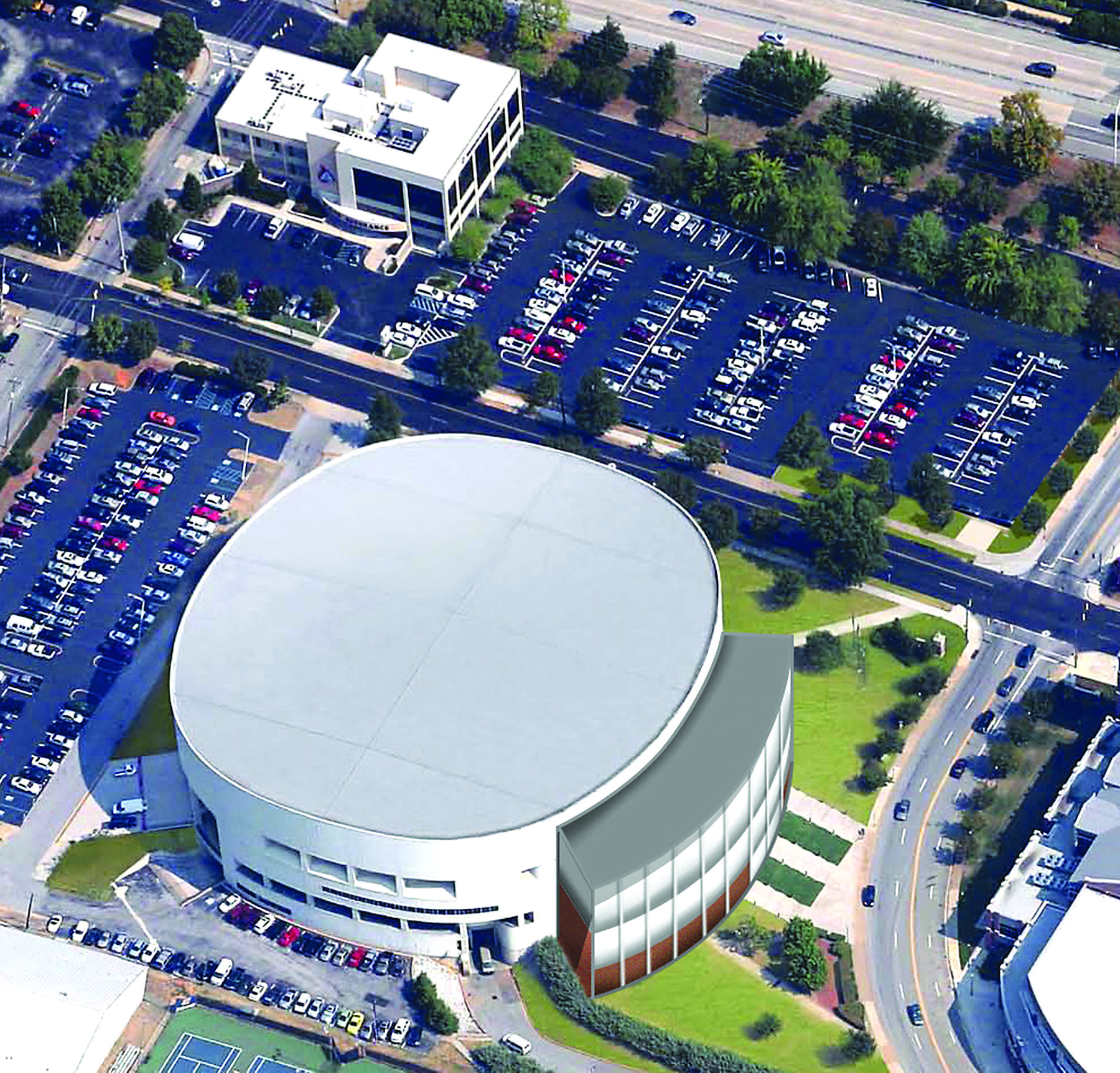At one time, this was the optimum-sized arena, and now it's too small to be big and too big to be small.
In its 33 years of existence, McKenzie Arena on the University of Tennessee at Chattanooga campus has housed the athletic likes of Michael Jordan and John McEnroe and the entertainment likes of Barry Manilow, R.E.M. and Van Halen.
Perhaps Ric Flair and Hulk Hogan fall somewhere in between.
Former President Ronald Reagan once spoke at McKenzie, but the multipurpose facility built to hold 11,218 spectators has received its share of rejection notices as well. The Southeastern Conference held its women's basketball tournament in Chattanooga seven times in an eight-year stretch from 1993 to 2000 but left due to the arena's infrastructure, though the city more than tripled the attendance at the event.
Attendance at recent SEC women's tournaments has lagged compared to what it reached here, but the wishes of the league's coaches and administrators to return were nixed last Friday when conference officials deemed it impossible for McKenzie to accommodate the SEC Network's production team and arena floor space needs.
"Clearly we're disappointed," Sybil Topel, vice president for communications with the Greater Chattanooga Area Chamber of Commerce, said Thursday in a statement.
There has been no shortage of blame on the aging arena in the days since, and UTC athletic director David Blackburn heard such complaints long before the SEC's latest verdict.
"This arena is not going to go away," he said this week. "We're going to need it, and we love it. The SEC loved it, but they were just concerned about the hospitality and how to handle 150 members of the media and the corporate partners.
"There will always be work to be done, but it's like painting the front porch of the house you love."
McKenzie Arena, built for $15.5 million in 1982, has undergone $2 million in enhancements during Blackburn's tenure, which has yet to reach the two-year mark. Improving courtside seating cost $1.5 million, and another $500,000 was spent to revamp offices on the fourth floor and the academic services area on the second floor.
The university is in the conceptual stages of building a multimillion-dollar athletic facility in excess of 30,000 square feet that would adjoin the existing arena and lessen some of its cramped aspects.
"It would include a Hall of Fame to showcase the university's athletic history - right now we don't have one of those - and would have spiral staircases and an elevator that could take you right to the third floor if you want to go to a game, concert or the circus," Blackburn said. "Student-athletes could spit out to where coaches' offices would be and where the sports medicine area would be. There would be a new equipment room and a new locker room for several sports, including football. We would have meeting rooms and a big lecture hall, and there would be an academic services area.
"You could teach classes as part of the regular campus, so it would be capable of functioning athletically as well as helping campus space as it relates to classrooms and lecture halls."
Blackburn said the project could cost from $12 million to $15 million. He said roughly $2 million has been pledged privately, which he considers encouraging given that a public campaign has yet to be launched.
Known in its early years as the UTC Arena or "the Roundhouse," McKenzie Arena was built at a time when the basketball Mocs were enjoying a sizzling 53-8 two-year run under coach Murray Arnold. UTC dedicated its new arena against Tennessee and faced North Carolina coming off the 1982 national championship, and the venue quickly began hosting concerts, professional wrestling and monster truck rallies.
The ability to house multiple events came with an awkward configuration, as just 3,900 of McKenzie Arena's seats are in the lower level, which includes the gold circle. SEC and NCAA women's tournaments and the Southern Conference men's and women's tournaments came and went, and the 2011 SoCon events were the last basketball spectacle held there.
"I'm not sure for the future that we have an arena that is the right size," UTC professor emeritus and former SEC women's basketball referee Leroy Fanning said after the Southern Conference events left. "At one time, this was the optimum-sized arena, and now it's too small to be big and too big to be small."
Lacie Stone, spokeswoman for Mayor Andy Berke, said in a statement Thursday that city officials are not aware of any discussion of a need for a larger arena in Chattanooga, nor was such a need identified during the Chattanooga Forward task force idea sessions.
Auburn and Georgia Tech have coped with time-worn facilities in recent years, taking different routes. The 9,121-seat Auburn Arena opened in 2010 at a cost of $86 million, and it replaced Beard-Eaves Memorial Coliseum, which actually had a larger capacity. Plush with amenities, Auburn Arena houses a 13,970-square-foot practice facility and contains a souvenir store, office suites for coaches and 94 high-definition televisions.
Georgia Tech chose to renovate Alexander Memorial Coliseum, pumping $45 million into a structure that was built in 1956. Hank McCamish, a Tech alumnus, donated $15 million for the project that was completed in 2012.
There will be no bulldozing or gutting McKenzie any time soon, but Blackburn wants it known that the arena isn't just collecting cobwebs.
"We're not in a position to have a new arena," he said. "The arena competes very well in our league and in our region, but we think an athletic facility could help our student-athletes have something new to live in as far as academic services and medical services and locker rooms and meeting rooms. That's a much more economical way to help out this situation as opposed to tearing it down and building a $40 million, an $80 million or a $100 million facility.
"I don't know if you could marry yourself to another 33 years, but I do think it's something that can still be vibrant for many, many years," Blackburn said. "There is already an aura to the place, and many people still use the 'Roundhouse' terminology. It has a mystique to it that people like."
Contact staff writer David Paschall at dpaschall@timesfreepress.com or 423-757-6524.


